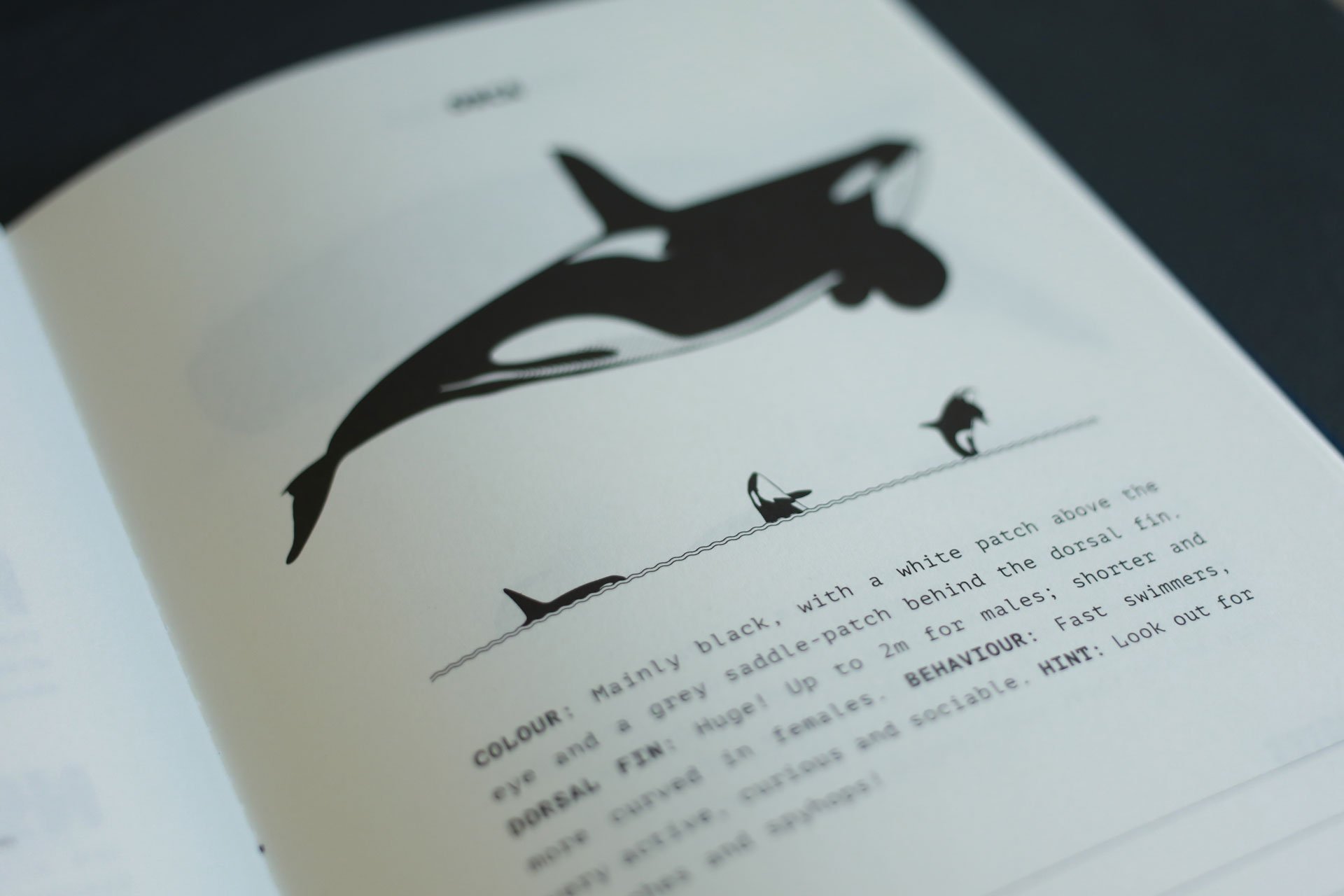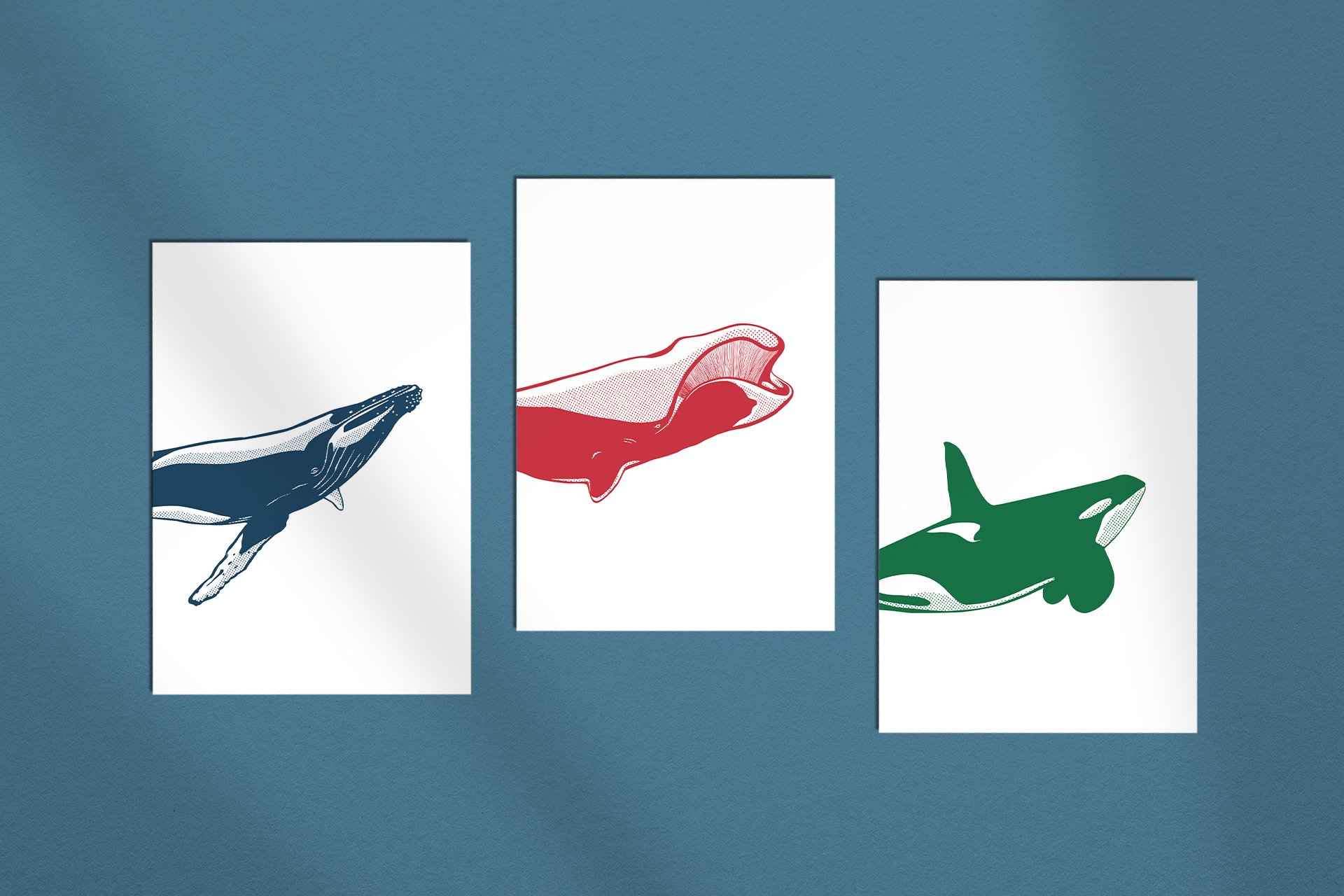Right Whales
The fattest of all Whales. You can see them breach in South Africa, Australia and Argentina.
Photo: iStock
REVIEW: Right Whales
Right whales can live up to 200 years - it is quite possible that there are still animals swimming around today that were hunted by the whalers from „Moby-Dick". Whaling was especially excessive in the case of right whales.
Of all whales, right whales have suffered the most from whaling. They are slow swimmers, friendly towards humans, prefer to stay close to the coast and have such a thick layer of blubber that they don't even sink when they are killed.
From the whalers' point of view, these were highly practical characteristics – it is therefore no surprise that they named this whale "The Right Whale" (to hunt). Unfortunately, due to centuries of excessive hunting, there are hardly any right whales left, although from a whale-watching perspective they are also without question exactly the right whales.
There are three different species – northern right whales, southern right whales and bowhead whales – but they are so similar that they are collectively referred to as right whales. The three species live in different areas and practically never meet.
The most striking thing about right whales is their enormous weight. Right whales weigh up to 100 tonnes, making them the second heaviest whales (after blue whales) together with the fin whales. In contrast to these two, however, southern right whales in particular are enthusiastic breachers that actually manage to heave a large part of their massive bodies out of the water with ease. And the subsequent impact is so loud that it can be heard a kilometre away.
“In the blubber layer of a bowhead whale killed by Canadian Inuit, tips of stone harpoons from the 19th century have been discovered – suggesting that bowhead whales can live for more than 200 years.”
Right whales consist largely of fat: their blubber layer can be up to 70 cm thick and account for up to 40 per cent of their total weight – 40 tonnes of blubber! This layer insulates so well that the temperature of a right whale that has been dead for several days can still be over 30°C.
To maintain their weight, right whales are preoccupied with just one thing all day long: Feeding, and doing so with as little effort as possible. Right whales simply swim with their mouths wide open, scooping up millions of small crustaceans with their four-metre-long baleen (record!).
The most fascinating thing about right whales is that they can grow incredibly old. The tips of stone harpoons from the 19th century were discovered in the blubber layer of a bowhead whale killed by Canadian Inuit – suggesting that bowhead whales can live for more than 200 years.
This makes them the longest-lived vertebrates of all (second place: giant tortoises with approx. 180 years). It is therefore very possible that there are still bowhead whales around today that were already being hunted in 1851, when Herman Melville's „Moby-Dick" had just been published. What a journey through time.
The bowhead whale is the Arctic relative of the northern and southern right whales. All are characterised by the lack of a dorsal fin, the extremely massive body, and the garage-sized mouth.
Other great records: Southern right whales have the largest testicles in the entire animal kingdom – they weigh a tonne per pair.
Southern right whales are also the only right whales that are suitable for whale-watching tours: In the case of northern right whales, very few have survived the excessive whaling, and the populations are also recovering extremely slowly, so the prospects for the northern right whale are very poor overall – there are probably only 500 left in the world.
Things look a little better for bowhead whales, but they live so far north and always right on the ice edge that they are virtually inaccessible to travellers. However, with southern right whales it is much easier: here you have excellent chances, especially in Argentina, South Africa and along the south coast of Australia.
The world's probably best-known, most popular and most shared whale photo, in which a very, very small person stands next to a very, very large and massive whale on the seabed, shows a southern right whale, photographed by Brian Skerry.
Photo: Shutterstock
Size
Northern and southern right whales grow to around 11 to 18 metres, bowhead whales slightly larger. Weight: up to 100 tonnes.
Colour
Grey-black, sometimes brown with light spots on the underside and lower jaw. Northern and southern right whales have thick weals and pocks on their heads, bowheads do not.
FORM
Compact, roundish body with a huge head, which consists almost exclusively of the heavily curved mouth. The head accounts for up to 1/3 of the body length.
Blow
Medium-high, V-shaped blow that shoots upwards in two columns for about 4 metres.
Fin
All three right whale species have no dorsal fin.
FLUKE
Pointed, jagged, concave fluke. Up to 7 metres wide – approx. 1/3 of the body length.
Behaviour
Very slow swimmers. Despite their massive bodies, bowhead whales sometimes breach, northern and southern right whales often.
Dives
Usually 1 to 3 minutes at the surface, then 5 to 20 minutes under water, but can also dive for over an hour.
Numbers
A few hundred northern right whales, around 7,500 southern right whales, 6,000 to 12,000 bowhead whales.
Photo: Shutterstock
CHECKLIST: Right Whales
Watching right whales can be very entertaining: they often breach up to ten times in a row or do headstands and use their fluke as a sail.
Usually 1 to 6 animals are travelling together, but sometimes even groups of 20 to 50 animals are encountered. Southern right whales are playful, curious animals that often come close to the boats. And despite their massive appearance, they can be very acrobatic.
When southern right whales breach, they heave their massive bodies about 1/2 to 2/3 out of the water and, after a slight turn, crash onto their backs with a loud splash. Sometimes southern right whales breach up to 10 times in a row. Occasionally they also do a headstand and use their fluke as a sail. They often hit the water with flippers or flukes. Watching southern right whales can be very entertaining.
“The blow of a right whale shoots up a good four metres into the air in two columns. However, this typical V-shape can only be clearly recognised from behind.”
Right whales are usually at the surface for 1 to 3 minutes, taking 4 to 6 breaths for dives of up to 20 minutes. When surfacing, the first thing you see is the high, V-shaped blow.
The blowhole of the bowhead whale lies on a hump, so you can see two interrupted humps on the surface - head and back. With the northern and southern right whale, the blowhole is not so elevated; here you can see a continuous body on the surface.
After a few breaths, the head disappears below the surface and the back is bent in a large arc. Depending on the depth of the dive, the fluke is raised, whereby it is often turned slightly sideways in the case of northern and southern right whales.
Photo: iStock
Where and when: Right Whale
It is very unlikely to ever encounter a northern right whale (too few) or bowhead whale (too far north). With southern right whales, on the other hand, the chances are quite good in some places.
Bowhead whales live in the Arctic Ocean, always close to the edge of the ice and only rarely a little further away from the pack ice. They are mainly found around Greenland, in Hudson Bay, the Bering Sea, the Chukchi Sea, the Beaufort Sea and the Sea of Okhotsk. The Svalbard population is almost extinct.
There are short seasonal migrations depending on ice formation (northwards in summer, southwards in winter). To encounter bowhead whales, you either have to go very, very far north in summer – or try your luck in the relatively easily accessible west of Greenland in winter, when the ice edge runs much further south.
The ideal companion for your next whale trip: In our shop you will find our TRAVEL NOTES in five great colours – with the most important whale information for your trip and plenty of space for your own notes, observations and memories. Order now!
North Atlantic right whales live between 25° and 60° north. Most of the few hundred remaining live in the north-west Atlantic off the coasts of Canada and the USA. The chances of encountering them are extremely low – they are occasionally seen off the coast of New England and also in the St. Lawrence, Quebec.
Southern right whales live between 20° and 55° south. They make regular migrations between their feeding grounds in the colder Antarctic waters, where they spend the austral summer, and the warmer mating grounds further north.
Several hundred southern right whales arrive each winter off Argentina's Valdes Peninsula and the coasts of South Africa, South Australia and New Zealand. Important mating and birthing grounds are located close to the coasts of Australia, South Africa and South America.
One of the best-known areas to observe southern right whales is Hermanus in South Africa. Here you can even see them quite well from land in many places.
Even more Whales
〰️
Even more Whales 〰️
Whaletrips Shop
The ideal Companion for your whale trip
All the whale facts you need while on the road – with plenty of space for own thoughts and observations!
Whaletrips Shop
Our Whales as Cards and Stickers
Colourful, finely illustrated, ready to stick on: Our whales are now available as stickers and greeting cards!
Whaletrips Shop
Beautiful whale Notebooks
Whether for travelling or at home: our high-quality whale notebooks come in five beautiful colours!
Whaletrips Shop
Our favourite photos for your home
Brightens any wall: a selection of our favourite motifs is available as elegant fine art print for your home.











